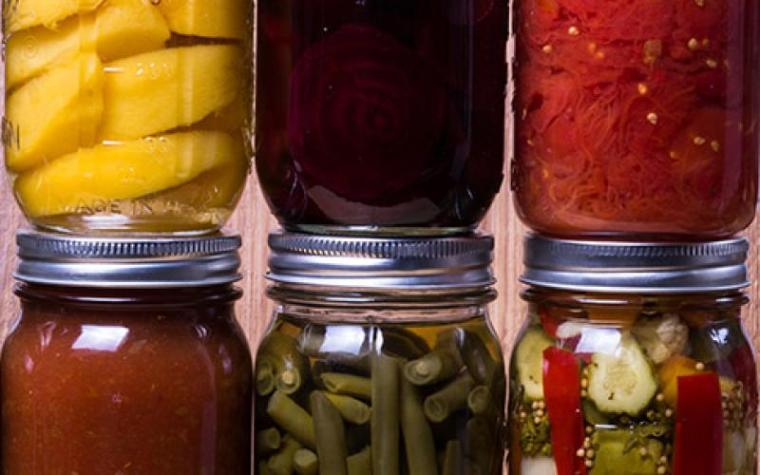MU Food Processing and Safety Lab teaches safe practices.
COLUMBIA, Mo. – Producing safe and high-quality food requires more than good recipes and effective processing technologies, says Kantha Channaiah, University of Missouri Extension food scientist.
More than anything, it depends on the consistent application of Good Manufacturing Practices (GMPs), procedures designed to ensure food is manufactured under hygienic conditions to reduce the risk of contamination and to protect consumers from foodborne illness. GMPs form the backbone of all modern food safety programs and are a legal requirement under most food safety regulations worldwide, says Channaiah.
GMPs address critical aspects of food manufacturing such as facility design, equipment maintenance, sanitation, pest control, employee hygiene practices and proper handling of food materials. Examples include employees washing hands properly and wearing appropriate personal protective equipment (PPE), regular cleaning of equipment and facility designs that prevent cross-contamination.
“These measures contribute directly to safer food products,” says Channaiah. “Without these measures, even advanced testing or controls cannot fully eliminate hazards.”
Modern food industries place increasing emphasis on current Good Manufacturing Practices (cGMPs), he says. The “current” in cGMP highlights the need for continuous improvement and adoption of up-to-date practices, equipment and technologies in food processing.
Following cGMPs requires companies to be proactive and regularly review and update their GMPs as new hazards emerge, scientific understanding evolves and regulatory standards advance.
Importantly, cGMPs integrate risk-based thinking, Channaiah says. Instead of relying solely on traditional procedures, manufacturers must identify and mitigate risks in real time, ensuring stronger preventive controls. Ways companies can align with cGMP standards including adopting digital monitoring systems, automating sanitation checks, hygienic facility design, validated sanitation, employee training, allergen control, supplier verification, calibrated equipment, preventive controls and improved traceability systems.
“GMPs provide the essential framework for producing safe, consistent, and trustworthy food products,” he says. “Incorporating cGMP principles ensures that this framework evolves to meet modern challenges. Together, GMPs and cGMPs are not just regulatory requirements, but they are vital tools for safeguarding public health, maintaining consumer confidence and driving continuous improvement across the farm-to-fork model.”
The MU Food Processing and Safety Lab helps beginners and medium- and large-scale food processors in Missouri address food safety issues and comply with state and federal regulations.
